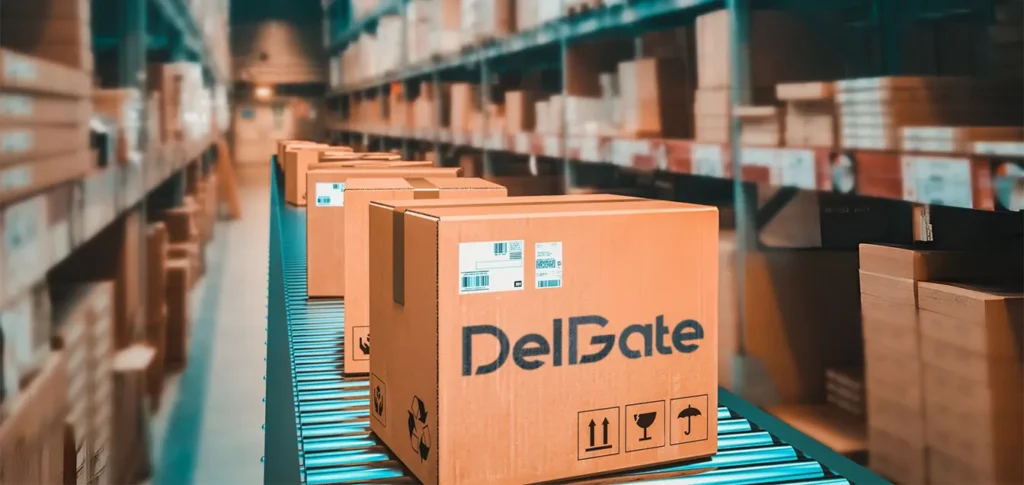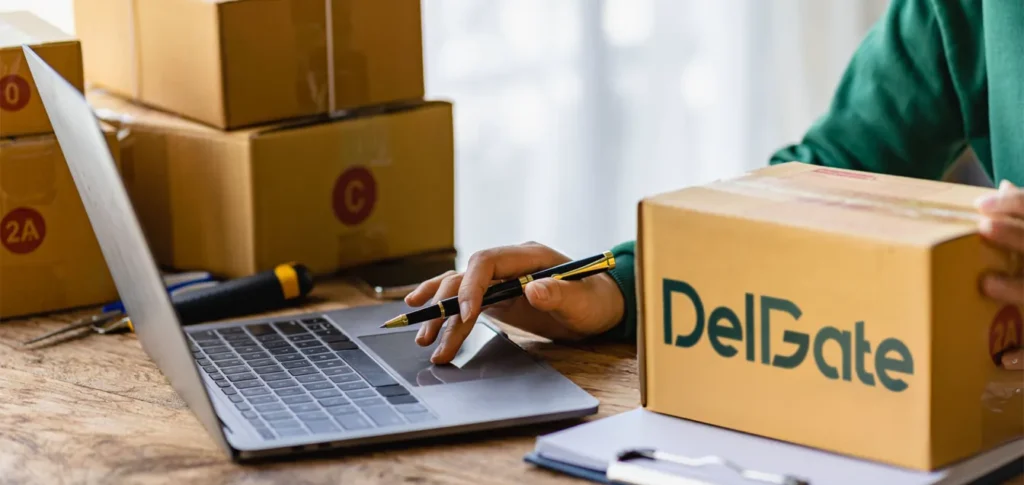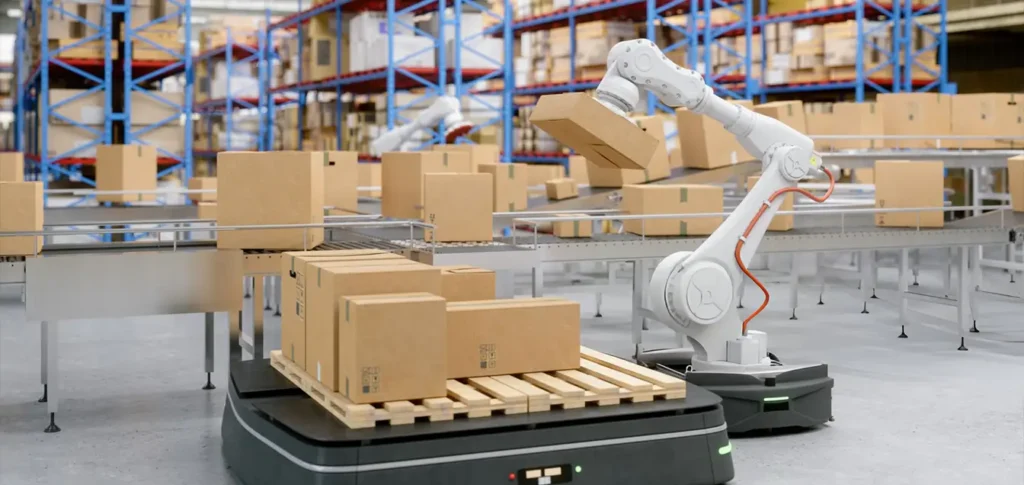When it comes to selling products online in Canada, particularly on platforms like Amazon, the complexities of fulfillment, storage, and shipping can quickly become overwhelming. For Canadian sellers looking to expand their reach, understanding the benefits of 3PL (third-party logistics) services can be a game-changer. Amazon FBA (Fulfillment by Amazon) has become a popular solution, but it’s important to understand how it fits into the broader 3PL landscape, particularly for Canadian businesses. This guide will offer Amazon FBA Insights into how 3PL can benefit Canadian sellers.
Table of Contents
What Is Amazon FBA Canada?
Amazon FBA Canada is a service that allows sellers to store their products in Amazon’s fulfillment centers. Amazon handles the picking, packing, shipping, and customer service for these items. It’s a streamlined way to get products to customers without having to manage every step of the fulfillment process yourself. For Canadian sellers, this offers an easy entry point to the Amazon marketplace while benefiting from Amazon’s massive customer base and reliable delivery system. Understanding Amazon FBA Insights can help you maximize the benefits of this service for your business.
Benefits of Amazon FBA Canada for Canadian Sellers

Using Amazon’s Canada fulfillment services can offer a range of benefits. First, it gives sellers access to Amazon’s trusted logistics network, ensuring products reach customers quickly and reliably. Additionally, it provides features like two-day shipping for Prime members, boosting sales and visibility. For Canadian sellers, these benefits are crucial for competing in the e-commerce landscape.
One of the key benefits is that sellers can scale quickly without needing to invest in warehouses or fulfillment infrastructure. By utilizing Amazon FBA, Canadian sellers can focus on growing their business while Amazon handles the fulfillment side of things. Moreover, the ability to reach millions of Amazon customers across Canada and beyond opens up new market opportunities that would otherwise be difficult to access. Amazon FBA Insights reveal that using this service can significantly enhance product visibility and customer satisfaction.
Amazon FBM vs. FBA: What’s the Difference?
The main difference between Amazon FBM (Fulfilled by Merchant) and Amazon FBA is who handles the shipping and fulfillment. With Amazon FBA, Amazon takes care of everything from inventory management to delivery, while with FBM, the seller is responsible for fulfilling the order themselves. For Canadian sellers, the choice depends on their business size, product volume, and whether they want to handle fulfillment directly or outsource it to Amazon.
For smaller sellers, Amazon FBA Insights show that FBA offers a clear advantage, as it removes the need for warehousing and logistics management. However, FBM can still be beneficial for those with specialized products or those who want more control over the process.
Amazon Selling in Canada: A Growing Opportunity

Canada’s e-commerce market continues to grow, making Amazon Selling in Canada an attractive opportunity for businesses. With millions of active Amazon customers in Canada, the platform offers immense potential for sellers. Whether you’re offering electronics, clothing, or niche products, getting your goods into the hands of Canadian customers has never been easier. By using Amazon FBA Canada, sellers can tap into this market without the logistical hurdles that come with international shipping. Amazon FBA Insights suggest that Canadian sellers who use FBA have higher chances of success compared to those who don’t.
How to Ship to Amazon FBM Canada
Understanding how to ship to Amazon FBM Canada is a crucial part of setting up your Amazon FBM account. The process involves sending your products to Amazon’s fulfillment centers in Canada. To begin, you’ll need to create a shipment plan through your Amazon Seller Central account. You will then label your products according to Amazon’s requirements, pack them securely, and send them to the designated fulfillment centers.
Many sellers choose to use 3PL logistics in Canada to handle the shipping process. This can be a cost-effective solution, as it allows you to manage inventory storage and shipping from local warehouses, helping reduce costs associated with international shipping. Amazon FBA Insights highlights that optimizing your shipping process can lower overall expenses and improve delivery speed.
Amazon FBA Canada Fees: What to Expect
Before diving into Amazon FBA Canada, it’s essential to understand Amazon FBM Canada Fees. These fees can vary based on the size and weight of your product, storage fees, and fulfillment fees. FBA fees generally cover the cost of storage, picking, packing, shipping, and customer service, but sellers should calculate these costs carefully to ensure profitability.
It’s also important to consider any additional fees for long-term storage or returns. For Canadian sellers, the fees are usually more predictable than managing fulfillment themselves, but it’s essential to weigh these costs against the time and effort saved. Amazon FBA Insights show that for most businesses, these fees are well worth the convenience and reach Amazon offers.
How to Start Amazon FBA Canada
If you’re interested in starting Amazon FBA Canada, the first step is to set up an Amazon Seller Central account. From there, you’ll need to add your products to the platform and choose FBA as your fulfillment method. Make sure to familiarize yourself with Amazon’s Canada fulfillment services, including product labelling, storage, and shipping requirements.
One of the advantages of starting Amazon FBA Canada is the access it provides to Amazon’s customer base. Sellers can benefit from Amazon’s reputation and reach without needing to invest heavily in marketing or fulfillment infrastructure. According to Amazon FBA Insights, starting with Amazon FBA in Canada is one of the most cost-effective ways for sellers to enter the e-commerce world.
Amazon FBA Canada Requirements

Before you can use Amazon FBA Canada, you’ll need to meet specific requirements. These include registering for a Canadian tax ID, ensuring your products comply with Canadian regulations, and meeting Amazon’s product listing and labeling standards. Understanding these Amazon FBA Canada requirements is critical for avoiding delays or issues with your shipments.
Additionally, make sure your inventory is properly tracked in Amazon Seller Central, and monitor any changes to Amazon’s FBA guidelines. Staying on top of these requirements will help ensure smooth operations as you grow your business. Amazon FBA Insights suggests that meeting these requirements early on can save time and resources in the long run.
Benefits of Amazon FBA Canada for Small and Medium-Sized Sellers
Amazon FBA offers a clear advantage for small and medium-sized sellers in Canada. With minimal upfront investment, you can access Amazon’s vast logistics network and take advantage of services like Prime shipping and returns management. This enables you to focus on other aspects of your business, such as marketing and product development, while Amazon takes care of the fulfillment.
3PL services like Amazon FBA Canada also help sellers scale rapidly. Whether you’re looking to expand within Canada or reach international customers, Amazon’s infrastructure can support your growth. Amazon FBA Insights indicate that small and medium-sized sellers often see rapid growth when utilizing FBA.
Amazon FBA Canada: A Viable Solution for Growth
For Canadian sellers, Amazon FBA provides a streamlined solution for fulfillment, allowing businesses to compete with larger companies while saving time and money on logistics. Whether you are starting or scaling your operations, understanding Amazon FBA for Canadian sellers is essential for maximizing your growth potential.
By integrating 3PL solutions such as Amazon FBA Canada into your business, you can enhance your delivery capabilities, reduce overhead costs, and improve the customer experience. As Amazon continues to dominate the e-commerce landscape, leveraging its fulfillment services can position your business for long-term success. According to Amazon FBA Insights, businesses that use FBA often have higher success rates due to the platform’s infrastructure and customer base.
Helpful Insights for Amazon FBA Canada Sellers

|
Data Point |
Details |
|
Fulfillment Fees |
Varies by product size and weight; including picking, packing, and shipping costs. For example, small standard-sized items may incur a fee starting at $2.50 per unit. |
|
Storage Fees |
Monthly storage fees for products in Amazon’s warehouses range from $0.75 to $2.40 per cubic foot depending on the time of year (higher during the holiday season). |
|
Amazon FBA Canada Fees (Average) |
Fulfillment fees: starting from $2.50 per unit; storage fees: $0.75 per cubic foot (standard-sized items). |
|
Amazon FBA Canada Prime Delivery |
Products fulfilled by FBA are eligible for Amazon Prime, offering 2-day shipping to Prime members across Canada. |
|
Referral Fees |
Percentage fee based on the category of the product. Typically ranges from 6% to 15%. Example: Consumer electronics might have an 8% fee, while books may have a 15% fee. |
|
Return Processing Fees |
For products returned by customers, FBA charges a processing fee, typically ranging from $2 to $6 per return, depending on product size. |
|
Storage Fee Increase (Holiday Season) |
Amazon charges higher storage fees during peak months (October – December). Rates can increase to up to $3.45 per cubic foot for standard-size items. |
|
Monthly FBA Subscription Fee |
$29.99/month (for Professional Sellers) for access to Amazon’s fulfillment services, including FBA. |
|
Eligibility for Amazon Prime |
Products stored in Amazon’s FBA warehouses automatically become eligible for Amazon Prime, increasing visibility and chances for sales. |
|
Amazon FBA Canada Sales Reach |
Access to millions of Amazon customers across Canada, with potential to expand globally through Amazon’s international marketplaces. |
|
Average Time for Amazon FBA to Fulfill an Order |
Typically 1-2 business days, depending on the location of the Amazon fulfillment center and product availability. |
For more detailed information, visit Amazon’s Seller Central.





